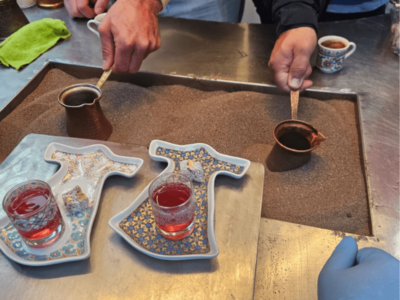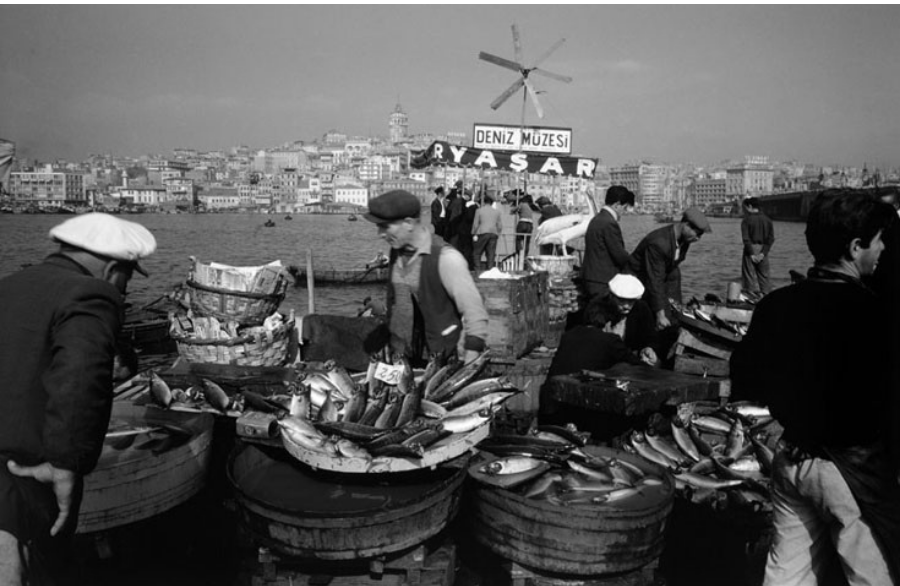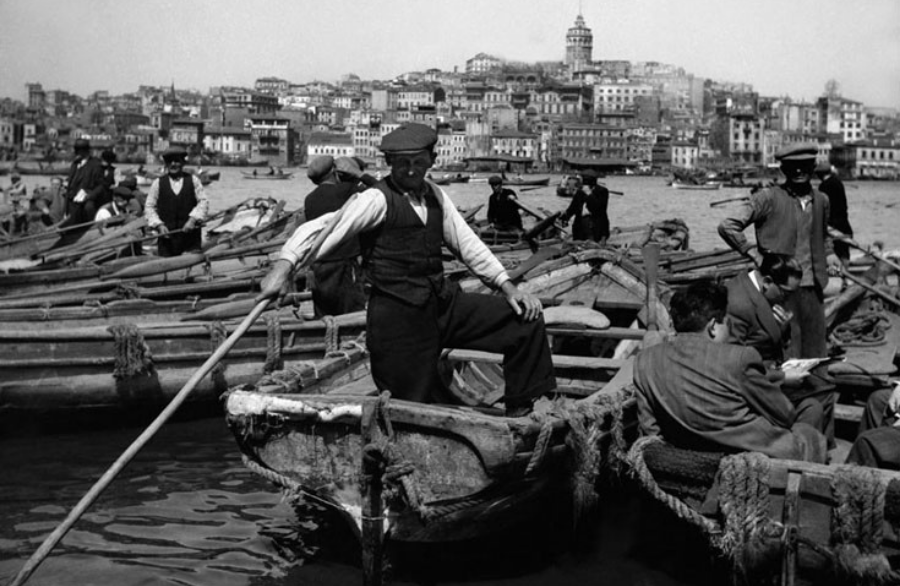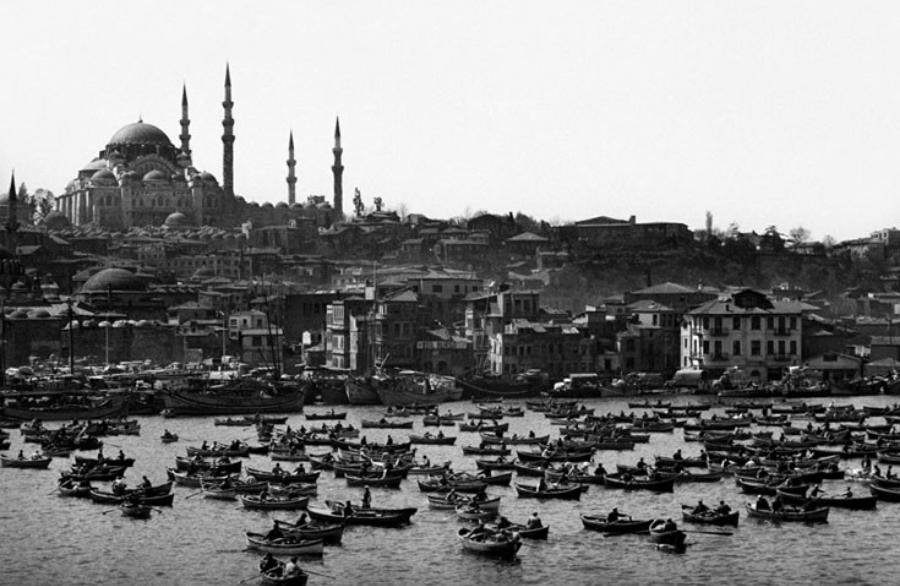


In the realm of photography, few names resonate with the same impact as Ara Güler, the celebrated Turkish photographer known for his extraordinary ability to capture the essence of life in Istanbul during the mid-20th century. Born in Istanbul in 1928, Güler’s journey as a photographer began in the bustling streets of his hometown, where he developed a keen eye for the subtle beauty and poignant narratives present in everyday life. His work from the 1950s, particularly the image of Kumkapi fishermen returning to port in the early dawn light, exemplifies his mastery of black-and-white photography and his deep connection to the city and its people.

Güler’s career took off when he joined the Yeni Istanbul newspaper in 1950, where he honed his skills as a photojournalist. This experience was critical in shaping his approach to photography, as he learned to tell compelling stories through his images. Shortly thereafter, he worked for Hürriyet, one of Turkey’s leading newspapers, where he captured various aspects of Turkish society, from political events to cultural happenings. His ability to merge journalism with artistic expression set him apart from many of his contemporaries.

Nurdogan Senguler -Ara Guler
The image of Kumkapi fishermen, taken in 1950, encapsulates Güler’s ability to depict the everyday lives of people in a manner that resonates on a universal level. Kumkapi, a vibrant fishing neighborhood along the shores of the Sea of Marmara, was a hub of activity where fishermen would return with their catches at dawn. The serene atmosphere of the early morning, coupled with the rhythmic movements of the fishermen as they unloaded their boats, created a poignant scene that Güler immortalized through his lens. His photographs are often infused with a melancholic beauty, reflecting the fleeting nature of life and the enduring spirit of the people he portrayed.

Throughout his career, Güler focused on the theme of humanity, capturing candid moments that reveal the intricacies of daily life in Istanbul. His black-and-white images are characterized by dramatic contrasts and striking compositions that draw viewers into the scenes he captures. Each photograph serves as a testament to the rich cultural tapestry of the city, revealing the nuances of human emotion and interaction. His work goes beyond mere documentation; it evokes a sense of nostalgia and reflection, inviting viewers to consider the stories behind the faces and places he photographed.
Güler’s influence extends beyond his own photographs. As a mentor to many aspiring photographers, he inspired a new generation to appreciate the power of visual storytelling. His dedication to capturing the authentic experiences of people laid the groundwork for future photojournalists and street photographers in Turkey and beyond. His legacy continues to resonate in the world of photography, as his images remain a vital part of Turkey’s cultural heritage.

In addition to his focus on social themes, Güler often explored the intersection of tradition and modernity in Istanbul. His work reflects the rapid changes the city underwent during the mid-20th century, as it transformed from a historical center into a modern metropolis. This juxtaposition of old and new is evident in many of his photographs, where the ancient architecture of Istanbul serves as a backdrop to the lives of contemporary citizens.
The photograph of Kumkapi fishermen returning to port is not just an image; it is a snapshot of a time and place that holds great significance in the collective memory of Istanbul. Güler’s ability to capture such moments allows viewers to connect with the past while also reflecting on the universal themes of labor, community, and the passage of time.
In conclusion, Ara Güler’s contributions to photography are immeasurable. His work captures the essence of Istanbul and its people, presenting a narrative that resonates with audiences around the world. Through his lens, he offers a glimpse into the soul of a city that is both ancient and modern, a place where stories unfold in the quiet moments of everyday life. As we reflect on his legacy, we are reminded of the power of photography to transcend time and space, revealing the beauty and complexity of the human experience.
Comments